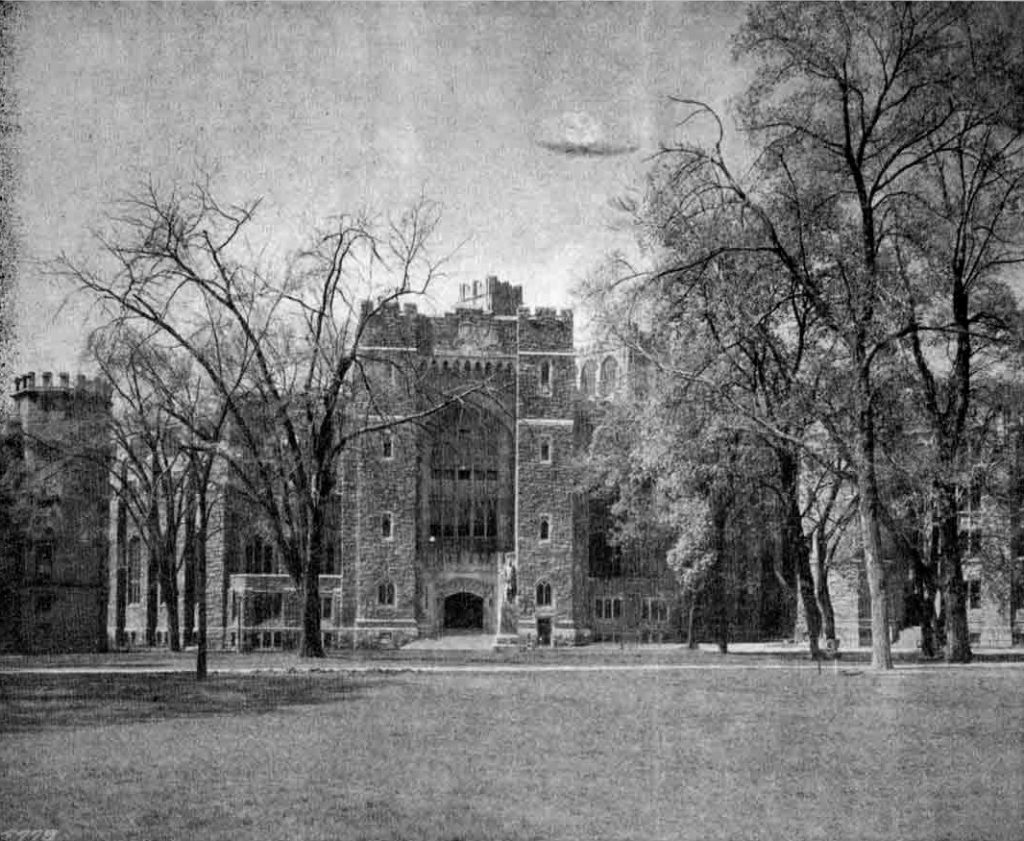In the documents of Pope Pius XII (1876-1958), the word democracy took on a new, original meaning worthy of in-depth study.
Those who undertake the study soon see how democracy differs from what is considered as democratic in many political circles today.
Take for example what the Pontiff affirmed in a speech to the Roman Nobility in 1946; namely, that all peoples, including those living in a democracy, must have eminently aristocratic institutions.
 “Whence the existence and influence among all civilized peoples of eminently aristocratic institutions, as are certain academies of wide and well-merited renown. The nobility also belong to this number. Without pretending to any privilege or monopoly, it is or ought to be one of these institutions, as it is a traditional institution based on the continuity of an age-old education.”
“Whence the existence and influence among all civilized peoples of eminently aristocratic institutions, as are certain academies of wide and well-merited renown. The nobility also belong to this number. Without pretending to any privilege or monopoly, it is or ought to be one of these institutions, as it is a traditional institution based on the continuity of an age-old education.”
This is a great truth that nations regarded as paradigms of democracy—like our own—consciously or subconsciously recognizes.
The uniform, the bearing and the march of the cadets in the picture above are clearly aristocratic. Seriousness, pride, tradition, a sense of authority, a warrior spirit: all of these elements intrinsic to the notion of nobility are mirrored in them with agreeable sharpness. The picture captures a moment when the breeze itself seems to contribute to the noble tone of the ensemble, making the flags undulate imposingly as they are carried so proudly by cadets.
 Their military academy, West Point, expresses the same spirit. The harmonious lines of the façade have the enchantment and distinction of the old English edifices. Yet it is made of stone: strong and severe. The central body, flanked by two great towers with crenelations, looks like a fortress. But the immense middle window gives it a certain “something” of a church, that is, a clam and welcoming sweetness that hovers like a great promise over the small and gracious entrance. On the left there is another stone edifice, whose tower reinforces the military note of the scene. And on the right, a building in the same style seams to invite one to study in a recollected and comfortable ambience. The old trees bring to mind the woods of European castles. A vague and discrete note of gentle, restful, and luminous melancholy—so proper to traditional ambiences—seems disseminated in the air. A vast lawn places the whole in respectable isolation. Whoever wants to cross the threshold must walk a long way without having anything before him except this setting, which, as it were, demands due attention and homage.
Their military academy, West Point, expresses the same spirit. The harmonious lines of the façade have the enchantment and distinction of the old English edifices. Yet it is made of stone: strong and severe. The central body, flanked by two great towers with crenelations, looks like a fortress. But the immense middle window gives it a certain “something” of a church, that is, a clam and welcoming sweetness that hovers like a great promise over the small and gracious entrance. On the left there is another stone edifice, whose tower reinforces the military note of the scene. And on the right, a building in the same style seams to invite one to study in a recollected and comfortable ambience. The old trees bring to mind the woods of European castles. A vague and discrete note of gentle, restful, and luminous melancholy—so proper to traditional ambiences—seems disseminated in the air. A vast lawn places the whole in respectable isolation. Whoever wants to cross the threshold must walk a long way without having anything before him except this setting, which, as it were, demands due attention and homage.
 It seems to us that civilians would do well to imitate these male cadets’ love for tradition, distinction and line. In so doing, they would be rolling back the wave of demagogic vulgarity that has invaded political circles whose elements, to show how democratic they are, fell obliged to make a display of their lack of manners, composure, and education.
It seems to us that civilians would do well to imitate these male cadets’ love for tradition, distinction and line. In so doing, they would be rolling back the wave of demagogic vulgarity that has invaded political circles whose elements, to show how democratic they are, fell obliged to make a display of their lack of manners, composure, and education.
Ambiences, Customs and Civilizations by Prof. Plinio Corrêa de Oliveira, No. 67, July 1956.









